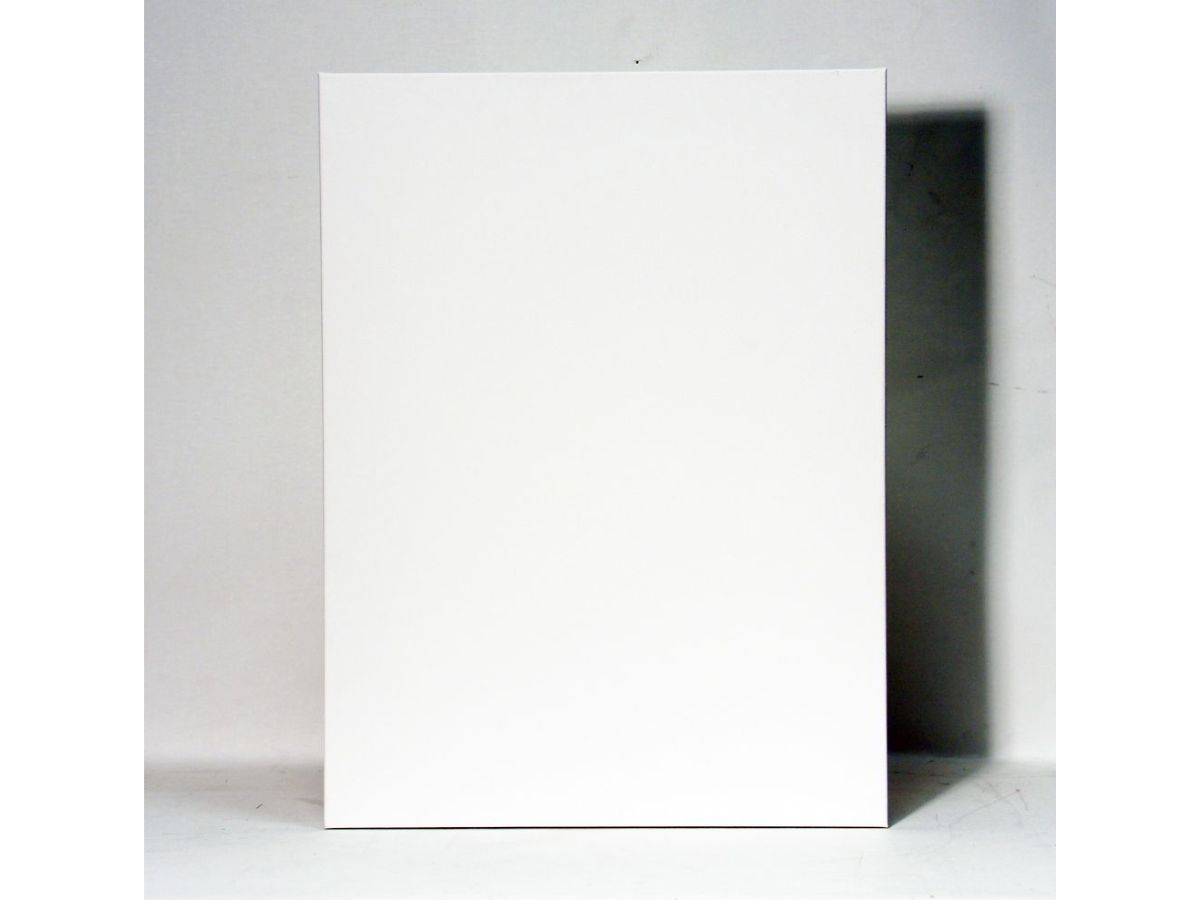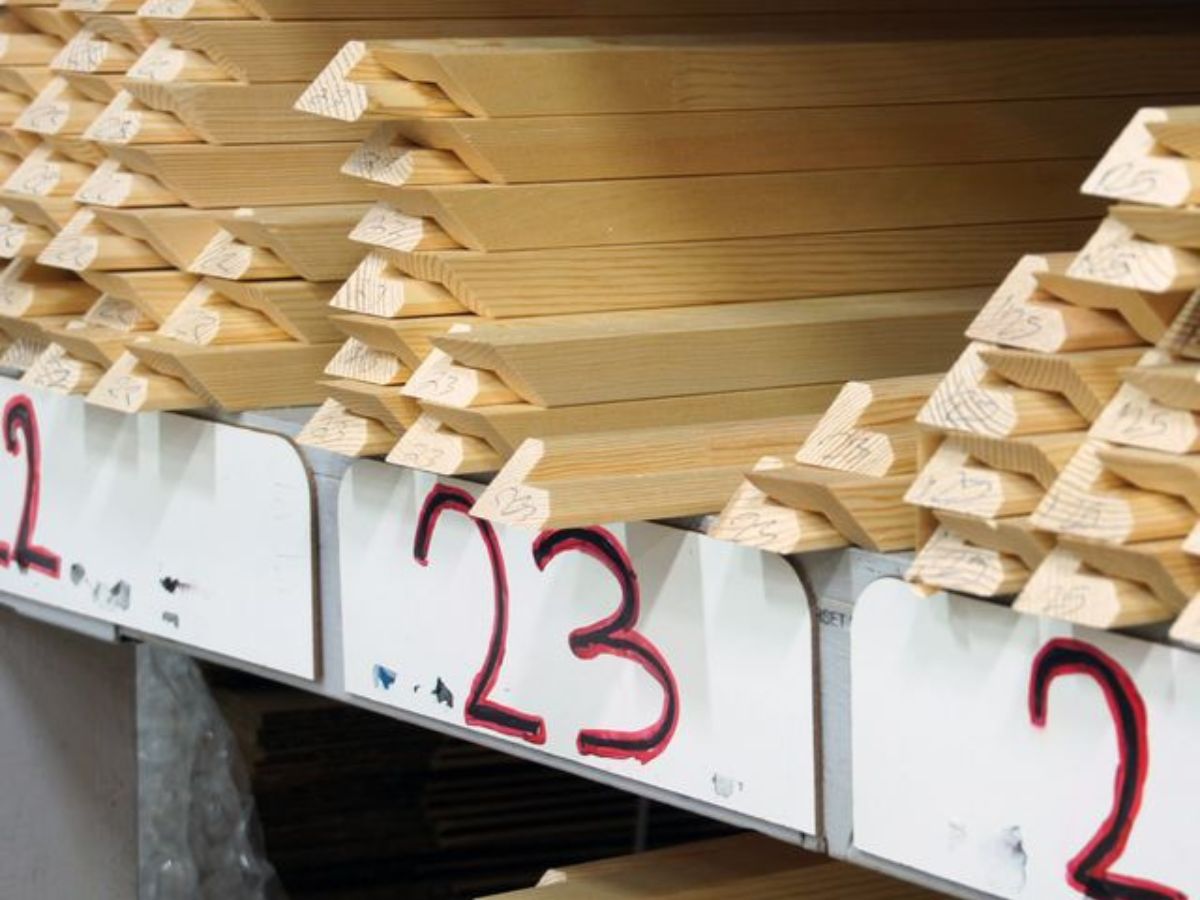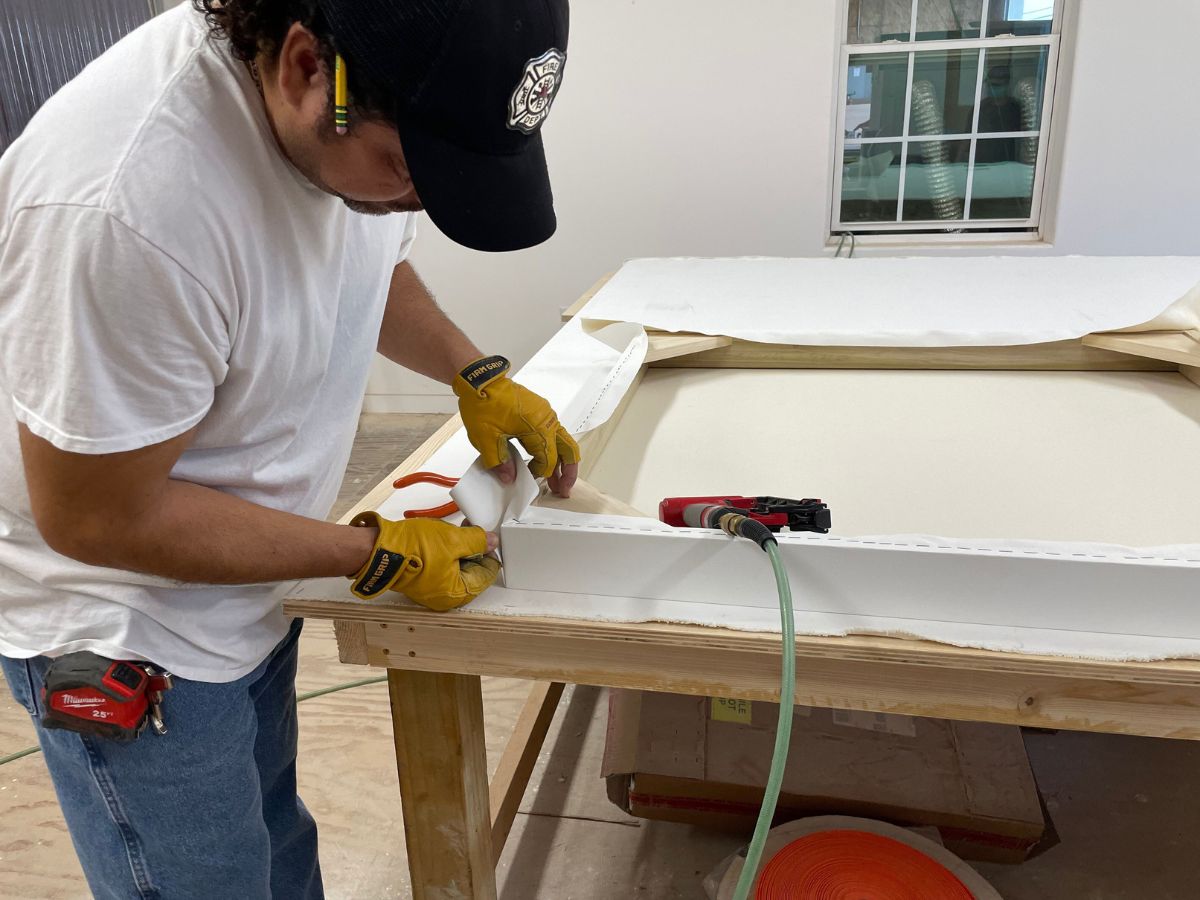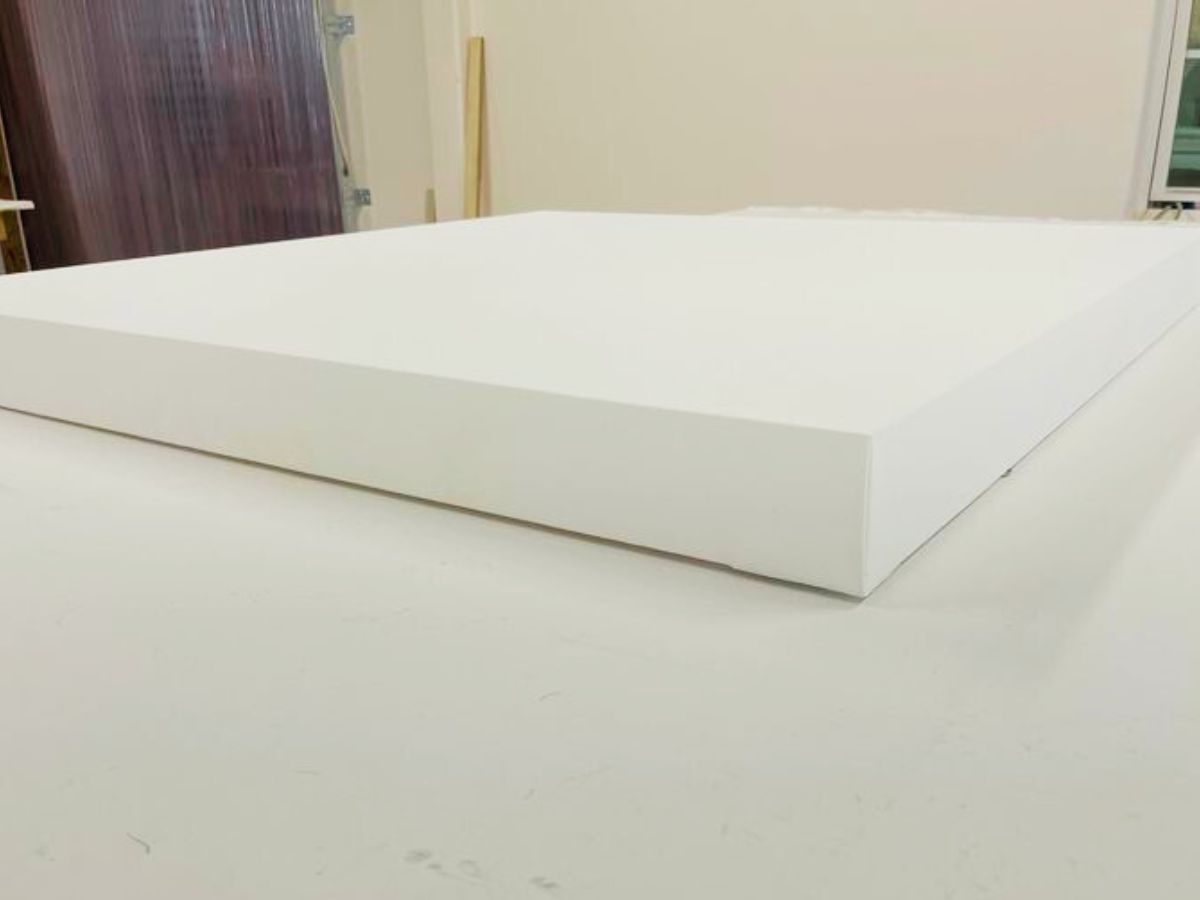
The Science Behind Canvas Durability
Canvas durability is crucial for artists aiming to create lasting works. Understanding the factors that affect a canvas’s longevity can help you make informed choices about materials and care.

Canvas durability is crucial for artists aiming to create lasting works. Understanding the factors that affect a canvas’s longevity can help you make informed choices about materials and care.

Selecting the appropriate canvas is a decision that influences the outcome and longevity of your artwork. Understanding the characteristics of different canvas types can help artists make informed choices that align with their creative goals and practical needs.

As an artist, the canvas you choose is more than just a surface—it’s the foundation of your work. CanvasLot offers custom-sized canvases with various thickness options, providing the flexibility to match your artistic needs.

When it comes to creating lasting artwork, the foundation is just as crucial as the paint and brushwork. Stretcher bars form the backbone of any canvas, ensuring that the fabric remains taut, flat, and ready to display. CanvasLot, a reputable manufacturer of custom-sized canvases, offers a range of high-quality stretcher bars designed to meet the different needs of artists.

As artists, the tools we choose profoundly influence our creative expression. One such essential tool is the canvas—the very foundation upon which our ideas come to life. Buying custom-sized canvases directly from manufacturers like CanvasLot offers numerous advantages that can significantly enhance the artistic process.

As an artist, the integrity and presentation of your artwork are top priority. Using CanvasLot’s reusable wood cases offers a superior solution for both protecting and showcasing your canvases. This innovative packaging not only safeguards your creations but also enhances their professional appeal.

Selecting the appropriate canvas is crucial for artists, as it influences the creative process and the artwork’s longevity. Two popular options are canvas boards and stretched canvas, each offering distinct advantages and considerations.

Storing large canvas artworks requires careful planning and the right environment to preserve their integrity and beauty. Improper storage can lead to damage, warping, or deterioration over time. By following these expert guidelines, you can ensure your masterpieces remain in excellent condition for years to come.

As artists, the foundation we choose for our masterpieces significantly impacts the final result. CanvasLot’s heavy-duty canvases offer a strong and reliable surface that caters to both professionals and enthusiasts. Here are the reasons that make these canvases a preferred choice among artists.

Preparing your canvas is a crucial step in the painting process, ensuring that your artwork not only looks its best but also stands the test of time. Here are the essential steps to get your canvas ready for your masterpiece.